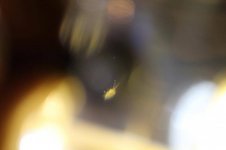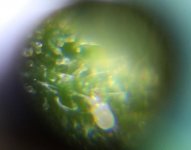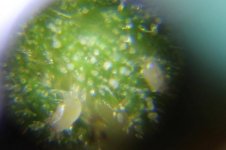M
metsäkana
IT LIVED ON MUSHROOM POPCORN and i put seed glass with water on same table now i see them trying to take water or the seeds seeds are now underwater and mites are floating on water some dead some live.. lol
BUT YES I HAD THEM ON CANNABIS TOO AND THEY ARE HARMFULL IM PRETTY SURE
WHAT TO DO? can you neem threat seed with neem oil? i dont have hydrogenperoxide i can get it tomorrow
can you neem threat seed with neem oil? i dont have hydrogenperoxide i can get it tomorrow
maybe i just use sieve to wash every glass off seeds?






BUT YES I HAD THEM ON CANNABIS TOO AND THEY ARE HARMFULL IM PRETTY SURE
WHAT TO DO?
maybe i just use sieve to wash every glass off seeds?



Last edited:













